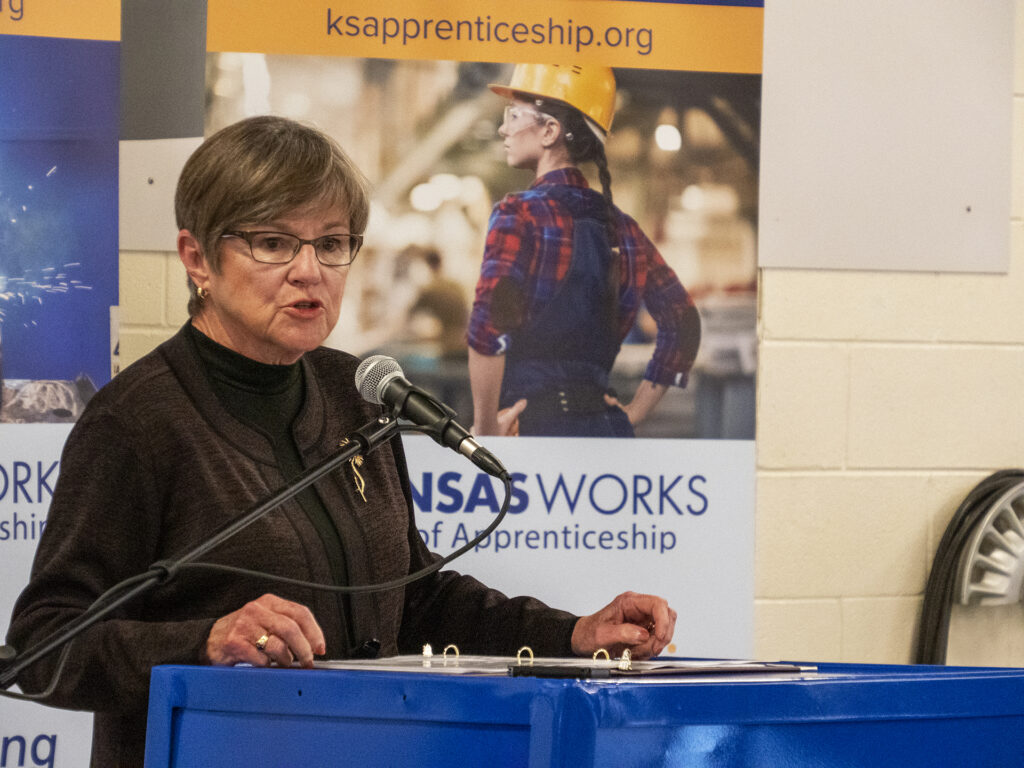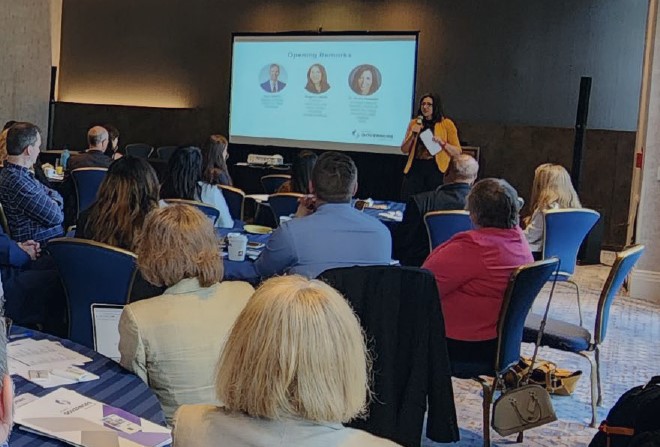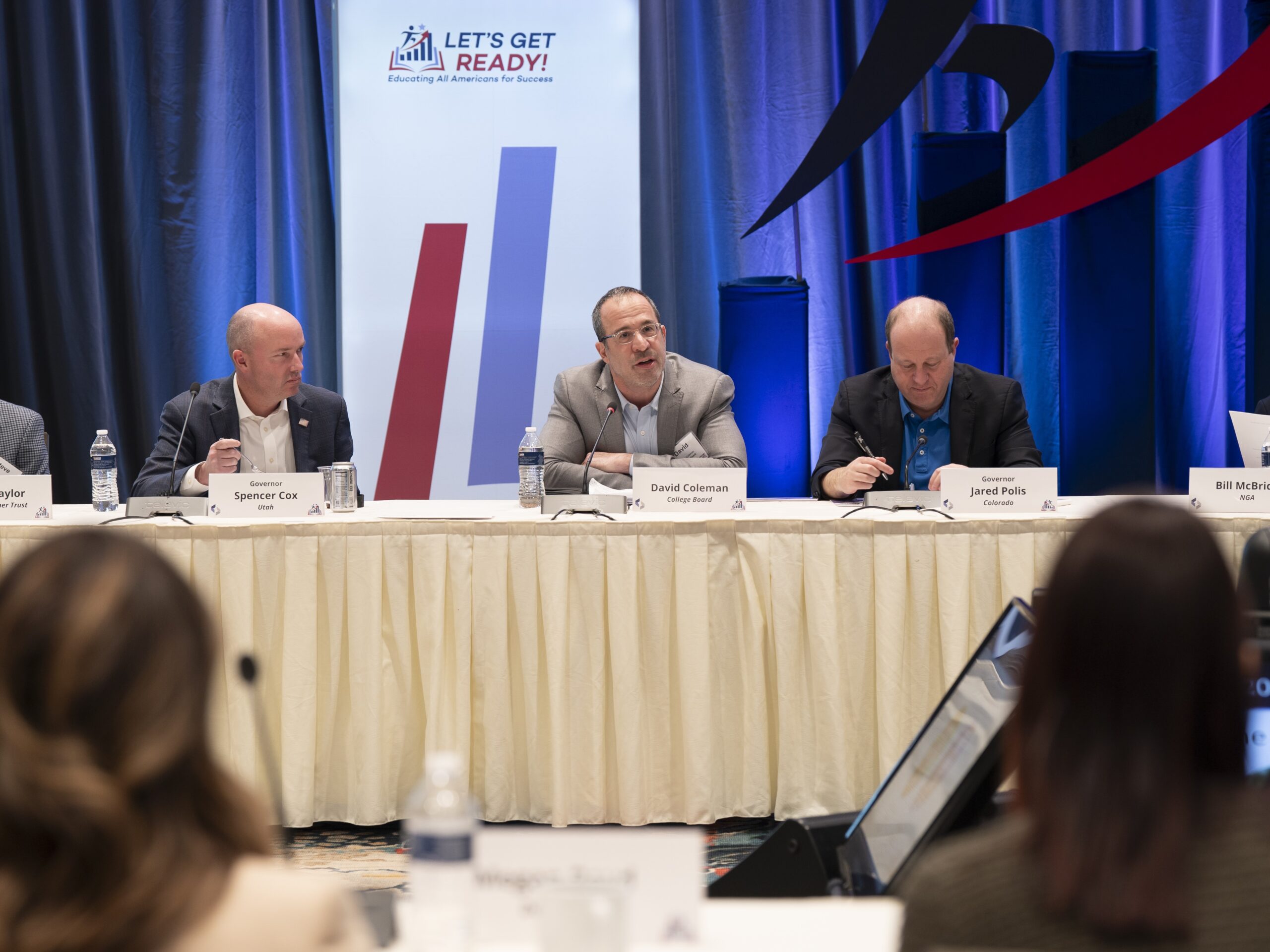This memorandum provides an overview of practices implemented by election officials and considerations for Governors to help reduce the risks of spreading COVID19 for the upcoming election.
Background
As states, commonwealths, and territories prepare for the 2020 general election, protecting voters and election workers’ health and well-being while safeguarding voting options’ availability and accessibility is paramount. This memorandum provides an overview of practices implemented by election officials and considerations for Governors to help reduce the risks of spreading COVID19 for the upcoming election. Policies and protocols implemented by election officials include, but are not limited to, guidance on face coverings, enhanced cleaning procedures and available personal protective equipment, social distancing protocols at polling places, modifying who can be a poll worker, expansion of what type of facilities can be used as polling locations, and alternatives to inperson voting (i.e., vote by mail, ballot drop boxes, expanded early voting periods, and curbside voting options).
This memorandum builds upon the U.S. Centers for Disease Control and Prevention’s Guidance Considerations for Election Polling Locations and Voters and the U.S. Election Assistance Commission’s Election Management Resources.
Overview
The 2020 general election is anticipated to be a highly contentious election where Governors and election officials must uphold both public health interests and citizens’ constitutional voting rights. Despite expanded alternatives to in-person voting and increased opportunities for early voting, turnout at the polls on Election Day is expected to remain high. Long lines may be likely in some jurisdictions on Election Day, and lines may appear longer due to social distancing protocols (i.e., voters maintaining six feet or more in distance from other voters) and enhanced cleaning and disinfecting voting machines, keyboards, and ballot activation cards).
Public Health Strategies And Tactics During The Election
Governors and election officials can control risks in their election operations using the Prevention through Design (PtD) approach. The PtD approach encompasses all of the efforts to anticipate and minimize by design hazards in facilities, work methods and operations, processes, equipment, tools, products, new technologies, and the organization of work.1 Under this methodology, PtD aims to accomplish the following:
- 1) Eliminate hazards and controlling risks to an acceptable level “at the source” or as early as possible;
- 2) Include design, redesign, and retrofit of new and existing work premises, structures, tools, facilities, equipment, machinery, products, substances, work processes, and the organization of work; and
- 3) Enhance the work environment by including prevention methods in all designs that impact workers and others on the premises.
Provided below are select strategies and tactics using PtD that election officials are implementing to minimize the spread of COVID-19 for the 2020 general election.
Purchasing and distributing PPE and hand sanitizer to poll workers and voters.
Jurisdictions are using Coronavirus Aid, Relief and Economic Security (CARES) Act funding, along with private sector partnerships, to acquire PPE (e.g., face masks, gowns, gloves, and face shields) for poll workers to assist voters with symptoms and hand sanitizer for the health and safety of voters and poll workers on Election Day. Under the CARES Act, relief funding can only be used for COVID-19 related expenses and a federal election. Additional information can also be found at the United States Election Assistance Commission webpage on 2020 CARES Act Grants.
In Arizona, CARES Act funding is being used to support early voting initiatives, expand curbside voting, provide reusable face masks for election workers and disposable face masks to voters, increase the number of ballot-drop-off locations, and hire temporary staff and workers.
In Virginia, CARES Act funding is being used toward any expenditures related to the protection of the health and safety of poll workers, staff, and voters during the federal election as well as those resulting from anticipated increased demand for absentee ballots by mail costs (e.g., printing ballots, printing envelopes, postage, etc.), equipment and temporary staff. Local voter registration offices may also utilize the funding for voter outreach to include mailings, public service announcements, etc.
Encouraging the use of facial coverings during in-person voting.
Election workers are required to wear face masks in many jurisdictions when they are or may be within six feet of another person.* While voters or observers cannot be denied the right to vote for failure to wear a face covering, election workers can encourage voters to properly wear a face covering (e.g., over the mouth and nose) during in-person voting, including displaying signage promoting proper use and offering face covering to voters who are not wearing them. Election officials are training poll workers to make accommodations for a voter who refuses to wear a face covering to allow the voter to exercise their right to vote while minimizing the risk of transmission of the virus.
In Minnesota, face coverings are required to be worn in any indoor public spaces, including polling places. Voters who refuse to wear a face covering within the polling place would be provided the opportunity to vote using curbside voting procedures. However, a voter who refuses to wear a face covering and refuses the curbside option will not be prevented from voting.
* Some states and local jurisdictions require face coverings at polling places by workers while no state has been identified to permit poll workers to deny a voter or observer entry into a polling location for failure to wear a face covering. In several states poll workers can be denied entry if they refuse to wear a face covering or are exhibiting signs or symptoms of COVID-19.
Adopting infection prevention and control measures.
Election officials are increasing cleaning and disinfecting procedures for voting machines, laptops, tablets, keyboards, and ballot activation cards. Election officials are encouraged to check with their equipment vendor on approved cleaning products and procedures for voting devices. Poll workers are being trained to clean and disinfect shared objects such as public seating, tables, clipboards, and other frequently touched surfaces at regular intervals. In some jurisdictions, election officials are also providing single-use equipment such as pens or Q-tips for ballot marking devices.
Encouraging hand hygiene and respiratory etiquette.
The most effective way to prevent the spread of COVID-19 is by practicing healthy and preventive behaviors. Poll workers are encouraged to wash their hands frequently and at regular intervals, including at the start of their shifts, before and after breaks, and after touching shared surfaces or objects. Poll workers and voters are encouraged to cover their coughs and sneezes with a tissue or use the inside of their elbow, even while wearing a face covering. State election officials are working with public health agencies, the National Guard, and the private sector to distribute hand sanitizer and establish mobile hand washing stations at polling locations.
Reducing crowding at polling places.
Election officials are taking steps to enable voters to maintain a social distance of six feet. The likelihood of infection is increased when people congregate indoors and in closed settings where respiratory droplets are likely to spread. By reducing crowding at polling locations and setting-up physical barriers such as tables, or partitions; creating a one-directional flow of foot traffic and scheduling voting, or staggering entry to reinforce social distancing. Jurisdictions across the country are leveraging large venues, such as stadiums, to be used as polling places, significantly increasing voter capacity while also allowing sufficient space for social distancing.
In Indiana, the Indiana Election Division recommended elections personnel limit the number of people inside the voting location based on the number of square feet in the location. Fifteen square feet per voter allows for 7.5 feet on each side of the voter, and officials can then use a one person in, one person out approach to limit occupancy.
In New Mexico, the Secretary of State ordered the maximum number of voters allowed inside of a polling location that is not an mobile at any given time shall be the greater maximum of four (4) voters or 20 percent of the maximum occupancy of the location, as determined by the relevant fire marshal or fire department. In addition, any polling location that is a mobile unit shall be limited to two (2) voters at any given time
Establishing alternative voting locations.
Polling locations have often been located in assisted living facilities, nursing homes, retirement communities, and residential buildings where at-risk populations may reside. To protect at-risk populations from COVID-19, Governors have designated that government buildings and tax-payer funded venues (e.g., libraries, fire stations, universities, etc.) be made available for voting.
In Arizona, Governor Ducey issued an executive order directing state-owned facilities to be utilized as voting locations and to assist counties in providing PPE and other equipment necessary to allow safe hygiene practices when voting.
Including health guidance in get-out-the-vote messaging.
Election officials are sharing and disseminating health guidance on hand hygiene, respiratory etiquette, and social distancing with voting information. Signs in highly visible locations (e.g., entrances) at polling locations will promote wearing a face covering, hand washing, and social distancing. Election officials are using posters, social media, fact sheets, TV/radio messaging, educational materials, and mass mail service along with voting information. To the extent consistent with applicable law, ensure that any signs and messages are accessible to voters with disabilities, for example, by providing large print or braille versions or having audible messages with the same information. Ensure sick voters (with or without know diagnosed COVID-19) know they can still vote safely, and that poll workers understand how to use personal protective equipment to support them.
In Iowa, a public education video was created to showcase safety measures and voting options for its 2020 primary elections.
In Oregon, the public health authority shared a fact sheet for election workers on social distancing and safety while at the poll location.
In Texas, the Secretary of State provided election officials with pre-approved signs for posting inside and outside the polling locations to encourage wearing of face coverings and to remind voters with visible signs or symptoms of COVID-19 that they have the option to vote curbside.
Implementation Of Election Processes And Protocols
As state election officials are implementing rapid changes to election processes, Governors can leverage the executive branch capabilities to support that process and reduce obstacles at their discretion. Such support may manifest as amplification and promotion of election officials as trusted sources of information. Below are several considerations for Governors and their advisors as they look to coordinate a “whole-of-government” approach to safeguarding public health during the upcoming election.
Coordinate with your state election official on election-related messaging.
Governors should amplify their state’s chief election official’s messaging and promote state and local officials as trusted sources of information. Changes to the election process are ongoing in many jurisdictions and Governors are encouraged to work with their state election officials to ensure that any election-related messaging from the Governor’s office is accurate and up-to-date.
Support poll worker and election worker recruitment.
Governors may also look to ease poll worker shortages by providing funding for hiring temporary workers, reducing poll worker age and location restrictions, and offering state administrative leave or civic duty pay to state employees working polls.
In Kentucky, Governor Beshear issued an executive order expanding voting eligibility requirements, allowing all voters “concerned with contracting or spreading COVID-19” to cast ballots by mail in the November 3rd, 2020, general election.
Provide support for in-person voting operations.
Jurisdictions have adopted policies expanding voting operations to provide voters with alternatives to in-person voting such as extending early voting periods, providing access to absentee and mail-in ballots, increasing voting equipment, and creating additional polling locations. Governors and election officials may also consider providing county election officials funding to support in-person voting capacity, including covering expenses associated with printing ballots and the acquisition and distribution of PPE and hand sanitizer.
In North Carolina, Governor Cooper issued an executive order permitting a county board of elections to request a transfer of some voters to an adjacent precinct if one of its polling places for a precinct is inaccessible and permitting the precincts to open sites earlier and stay open later beyond normal business hours.
Additional Resource
- CDC’s Toolkit for Reducing the Spread of COVID-19 During Elections
- Federal Voting Assistance Program: https://www.fvap.gov/COVID-19
- Cybersecurity and Infrastructure Security Agency: https://www.cisa.gov/covid-19-andelections
- VoteSAFE Public Health: https://www.astho.org/votesafepublichealth/
- National Association of Secretaries of State (NASS): https://www.nass.org/resources/issue-briefing-election-emergencies-covid-19
- National Association of State Election Directors: https://www.nased.org/covid19
- National Conference of State Legislatures: https://www.ncsl.org/research/electionsandcampaigns/state-action-on-covid-19-and-elections.aspx
- MIT Election Data and Science Lab: https://electionlab.mit.edu/elections-and-covid-19
Conclusion
The 2020 general election cycle has posed new challenges to Governors and election officials. However, considering these strategies and tactics provided in this memorandum, jurisdictions, and agencies can leverage these challenges as opportunities to facilitate fair and accessible voting options while simultaneously helping to protect the public’s health.
For questions or concerns related to the contents of this memo, please contact NGA staff:
- • John Guerriero (jguerriero@nga.org; 202.624.5372)
- • Carl Amritt (camritt@nga.org; 202.624.5318)
Funding for this memo was made possible (in part) by the U.S. Centers for Disease Control and Prevention, the Trusted Elections Fund and the Democracy Fund. The views expressed do not necessarily reflect the U.S. Department of Health and Human Services’ official policies.
All NGA COVID-19 memos can be found here, or visit COVID-19: What You Need To Know for current information on actions States/Territories are taking to address the COVID-19 pandemic; as well as advocacy, policy, and guidance documents for protecting public health and the economy.













